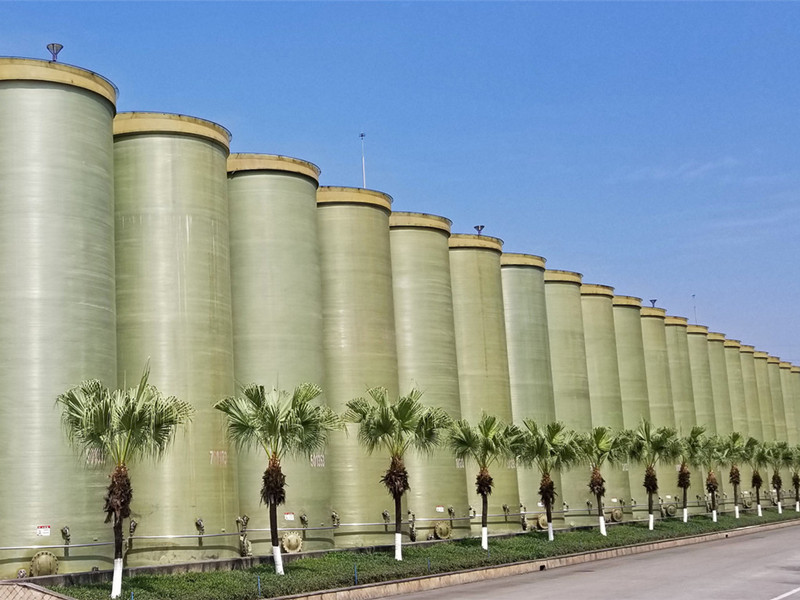
-
 Afrikaans
Afrikaans -
 Albanian
Albanian -
 Amharic
Amharic -
 Arabic
Arabic -
 Armenian
Armenian -
 Azerbaijani
Azerbaijani -
 Basque
Basque -
 Belarusian
Belarusian -
 Bengali
Bengali -
 Bosnian
Bosnian -
 Bulgarian
Bulgarian -
 Catalan
Catalan -
 Cebuano
Cebuano -
 China
China -
 China (Taiwan)
China (Taiwan) -
 Corsican
Corsican -
 Croatian
Croatian -
 Czech
Czech -
 Danish
Danish -
 Dutch
Dutch -
 English
English -
 Esperanto
Esperanto -
 Estonian
Estonian -
 Finnish
Finnish -
 French
French -
 Frisian
Frisian -
 Galician
Galician -
 Georgian
Georgian -
 German
German -
 Greek
Greek -
 Gujarati
Gujarati -
 Haitian Creole
Haitian Creole -
 hausa
hausa -
 hawaiian
hawaiian -
 Hebrew
Hebrew -
 Hindi
Hindi -
 Miao
Miao -
 Hungarian
Hungarian -
 Icelandic
Icelandic -
 igbo
igbo -
 Indonesian
Indonesian -
 irish
irish -
 Italian
Italian -
 Japanese
Japanese -
 Javanese
Javanese -
 Kannada
Kannada -
 kazakh
kazakh -
 Khmer
Khmer -
 Rwandese
Rwandese -
 Korean
Korean -
 Kurdish
Kurdish -
 Kyrgyz
Kyrgyz -
 Lao
Lao -
 Latin
Latin -
 Latvian
Latvian -
 Lithuanian
Lithuanian -
 Luxembourgish
Luxembourgish -
 Macedonian
Macedonian -
 Malgashi
Malgashi -
 Malay
Malay -
 Malayalam
Malayalam -
 Maltese
Maltese -
 Maori
Maori -
 Marathi
Marathi -
 Mongolian
Mongolian -
 Myanmar
Myanmar -
 Nepali
Nepali -
 Norwegian
Norwegian -
 Norwegian
Norwegian -
 Occitan
Occitan -
 Pashto
Pashto -
 Persian
Persian -
 Polish
Polish -
 Portuguese
Portuguese -
 Punjabi
Punjabi -
 Romanian
Romanian -
 Russian
Russian -
 Samoan
Samoan -
 Scottish Gaelic
Scottish Gaelic -
 Serbian
Serbian -
 Sesotho
Sesotho -
 Shona
Shona -
 Sindhi
Sindhi -
 Sinhala
Sinhala -
 Slovak
Slovak -
 Slovenian
Slovenian -
 Somali
Somali -
 Spanish
Spanish -
 Sundanese
Sundanese -
 Swahili
Swahili -
 Swedish
Swedish -
 Tagalog
Tagalog -
 Tajik
Tajik -
 Tamil
Tamil -
 Tatar
Tatar -
 Telugu
Telugu -
 Thai
Thai -
 Turkish
Turkish -
 Turkmen
Turkmen -
 Ukrainian
Ukrainian -
 Urdu
Urdu -
 Uighur
Uighur -
 Uzbek
Uzbek -
 Vietnamese
Vietnamese -
 Welsh
Welsh -
 Bantu
Bantu -
 Yiddish
Yiddish -
 Yoruba
Yoruba -
 Zulu
Zulu
Understanding the Importance of Acid Storage Tanks in Industrial Applications
The Importance of Acid Storage Tanks in Industrial Operations
In modern industrial operations, managing hazardous materials safely is of utmost importance. One critical element in this regard is the acid storage tank. These specialized containers are designed to safely store acids, which are corrosive substances that can pose significant risks to both human health and the environment if not handled properly. This article explores the various aspects of acid storage tanks, including their design, safety considerations, maintenance, and regulatory compliance.
Design and Construction of Acid Storage Tanks
Acid storage tanks come in various shapes and sizes, depending on the specific requirements of the facility. They are typically constructed from materials resistant to corrosive substances, such as fiberglass, polyethylene, or specially coated stainless steel. The choice of material is crucial, as acids can react with many metals, leading to leaks and contamination.
The design of these tanks must take into consideration factors such as pressure, temperature, and the nature of the acid being stored. For example, sulfuric acid, one of the most commonly used industrial acids, requires a tank that can withstand high concentrations and temperatures. Additionally, tank designs often incorporate features such as secondary containment systems to prevent spills and leaks, as well as ventilation systems to dissipate any harmful gases emitted by the acids.
Safety Considerations
The safe storage of acids is paramount, and several safety protocols must be followed
. First and foremost, acid storage tanks must be located away from populated areas and other sensitive environments to minimize risk in case of a leak. The storage area should also be equipped with appropriate safety equipment, including emergency showers, eyewash stations, and personal protective equipment (PPE) such as gloves and goggles.Furthermore, it is critical to implement a comprehensive monitoring system to detect leaks or changes in conditions that could indicate a failure of the tank. Regular inspections and maintenance are essential to ensure the integrity of the tanks over time. This includes checking for signs of corrosion, wear, or damage, as well as regular testing of safety systems and emergency equipment.
acid storage tank

Maintenance Regimens
Routine maintenance is vital to the longevity and safety of acid storage tanks. Facilities should establish a maintenance schedule that includes inspections, cleaning, and repairs as needed. Inspections may involve checking the physical condition of the tank, testing the integrity of the seams and joints, and assessing any protective coatings.
In addition to physical inspections, it is important to monitor the environment around the storage area. This includes checking for any signs of leaks or spills and ensuring that the secondary containment systems are functioning as intended. Proper documentation of maintenance activities is crucial, as it provides a record of compliance and helps identify patterns or recurring issues that may need to be addressed.
Regulatory Compliance
The storage and handling of acids are regulated at various levels, with agencies such as the Environmental Protection Agency (EPA) and the Occupational Safety and Health Administration (OSHA) setting strict guidelines. Compliance with these regulations is not just a legal requirement but also a moral obligation to ensure the safety of workers, the community, and the environment.
Facilities must keep abreast of changing regulations and ensure that their acid storage practices meet or exceed these standards. This often involves regular training for employees who handle these materials, ensuring they are aware of the risks and the proper procedures for safe handling, storage, and emergency response.
Conclusion
Acid storage tanks play a crucial role in industrial operations involving corrosive substances. Their design, maintenance, and adherence to safety protocols and regulatory requirements are key to ensuring that these materials are handled safely and effectively. As industries continue to evolve and expand, the importance of proper acid storage cannot be overstated—protecting not only the health and safety of workers but also safeguarding the environment for future generations.









